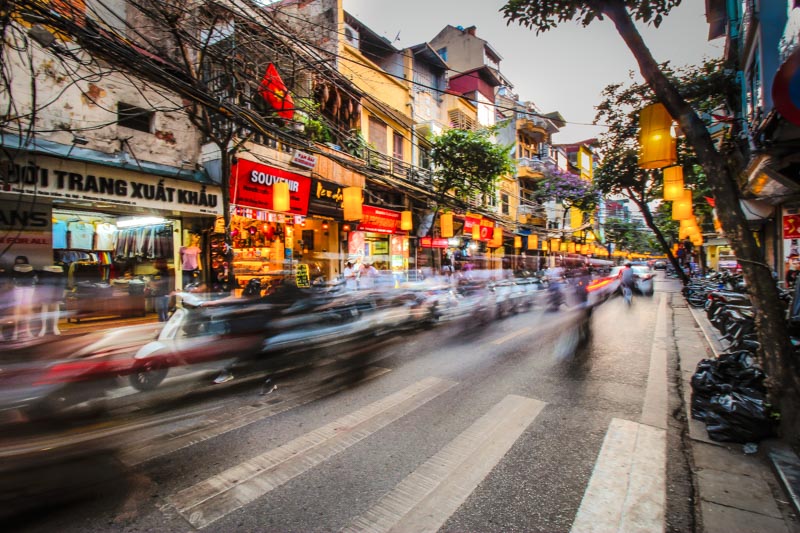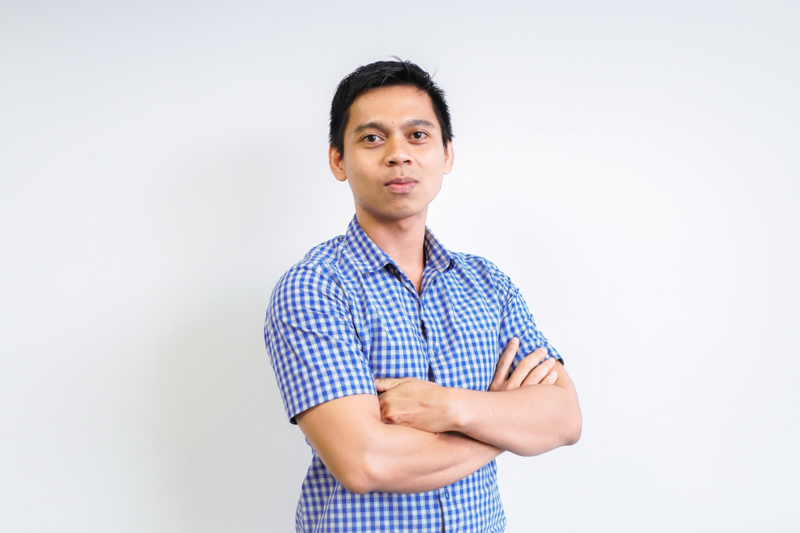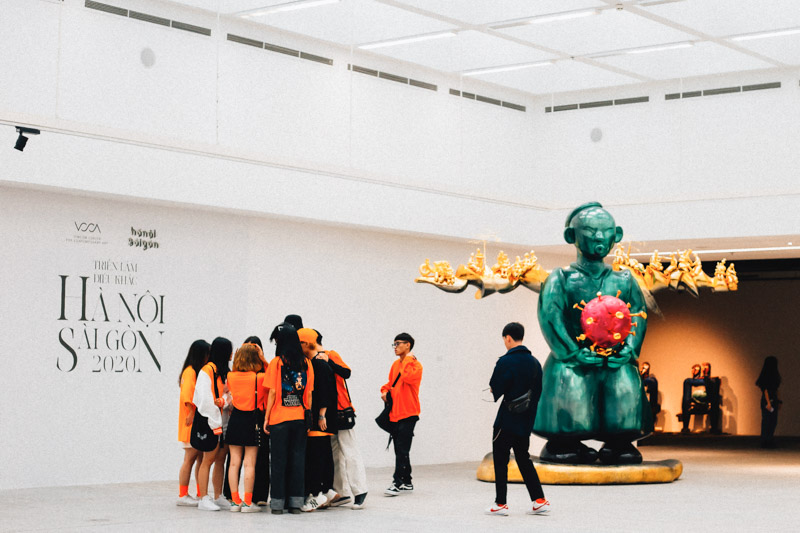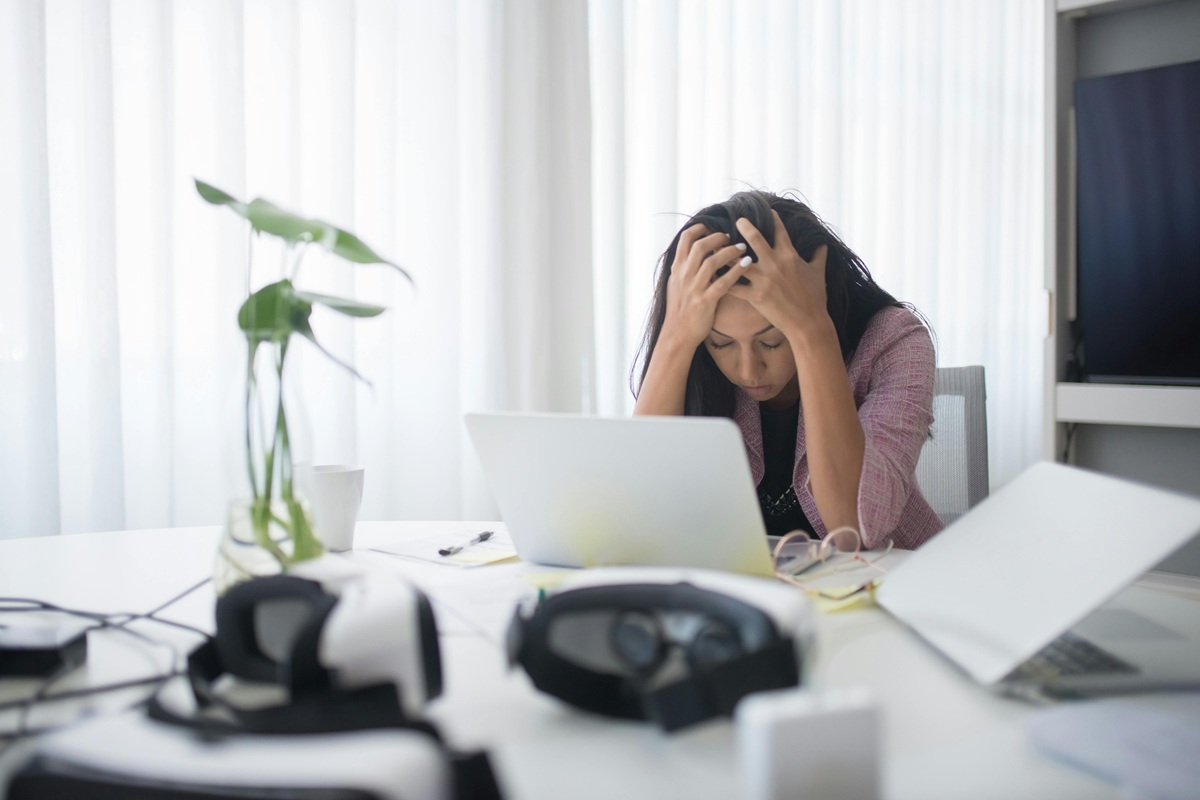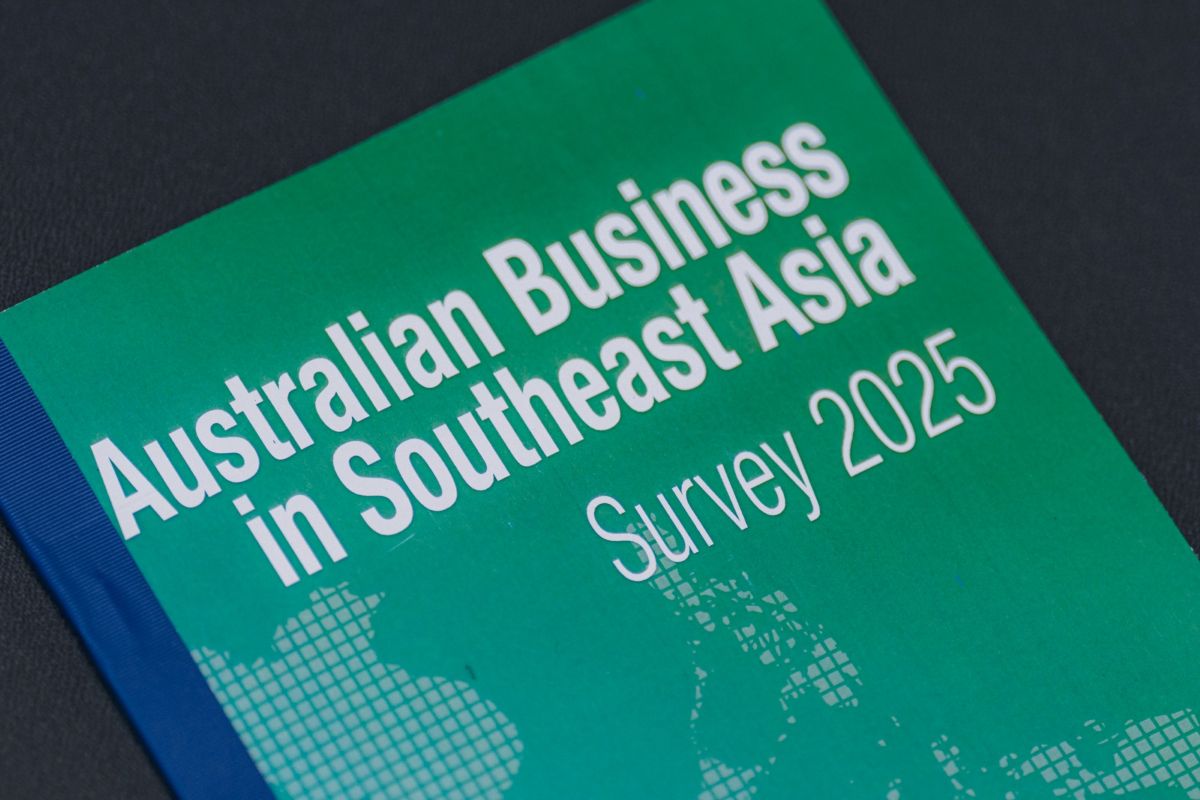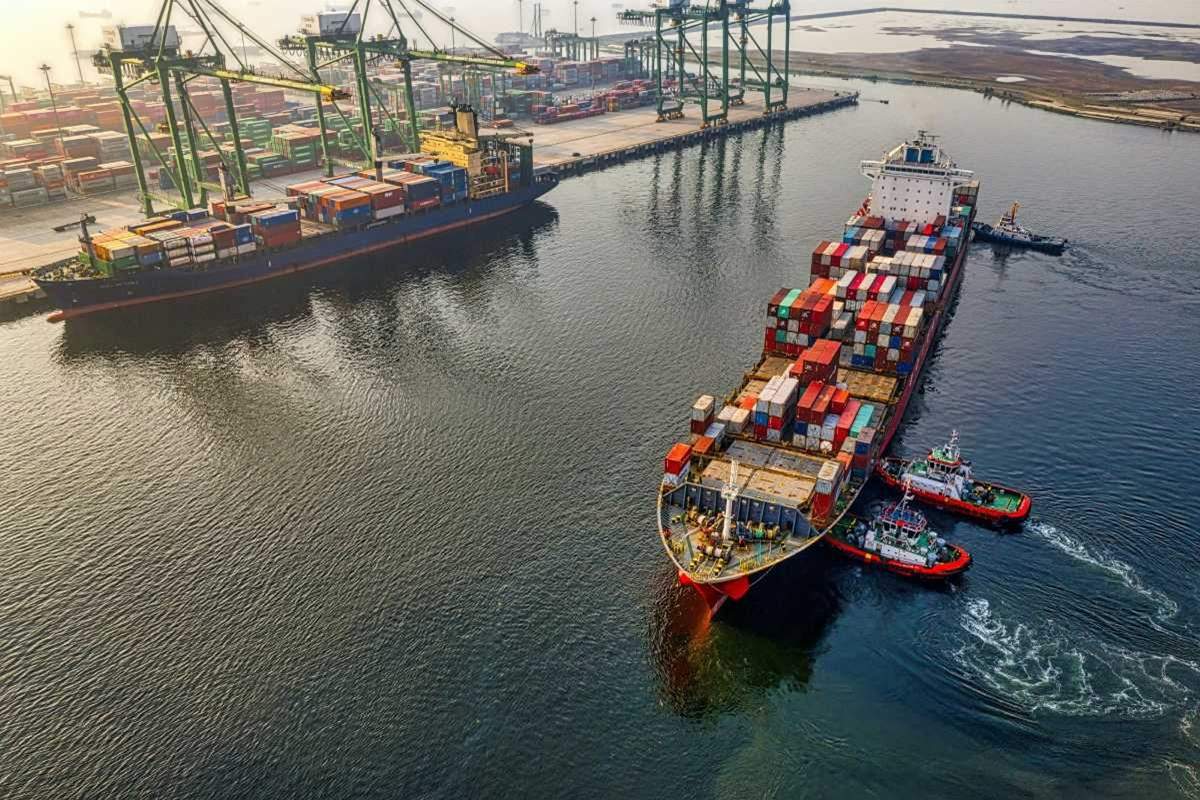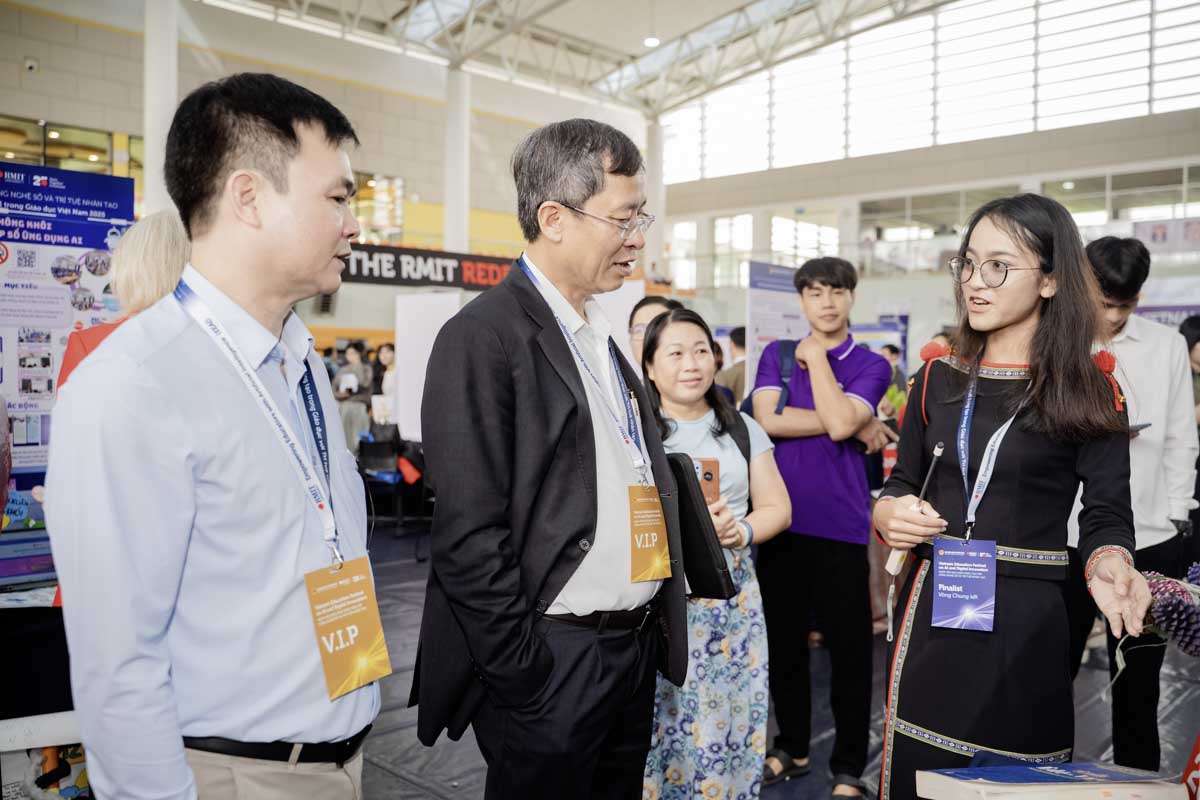The emotional cost of working with AI
AI discussions have predominantly focused on technical outcomes like productivity, task performance, and error reduction. However, a deeper exploration of the emotional and psychological impact is essential.
Vietnam is ASEAN’s leading expansion market for Australian businesses
According to the Australian Business in Southeast Asia Survey 2025, 61% of respondents consider Vietnam for future growth.
Building collaborative governance for green maritime logistics
Vietnam’s ports face rising pressure to cut emissions. New research from RMIT reveals the risks, gaps, and cooperation needed for a credible, sustainable transition.
Vietnam Education Festival honours AI innovations in education
Co-organised by the Ministry of Education and Training (MOET) and RMIT Vietnam, the Vietnam Education Festival on AI and Digital Innovation 2025 created a nationwide platform for teachers to connect, learn and share best practice.

